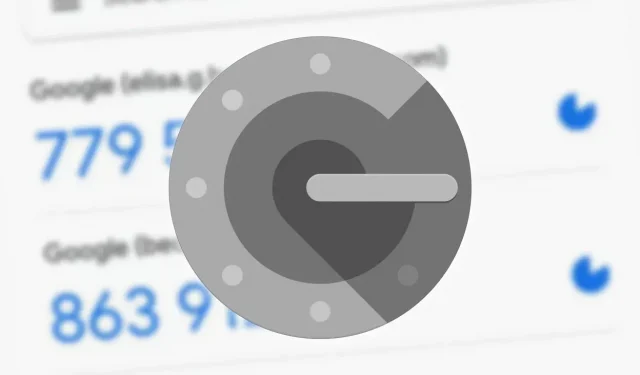Best Authentication Apps for iOS and Android

To take full advantage of two-factor authentication (2FA), you need a dedicated app (and thus avoid SMS-based systems). Here are your best options on iOS or Android.
Two-factor authentication (2FA) is essential today to secure your digital accounts. A simple password is no longer enough. But not all 2FA systems are the same. For most users, authenticator apps offer the best balance between convenience and security. But which one is for you?
Using an authenticator app is more secure than SMS-based authentication. When you need to sign in, the corresponding service or application asks for a code. The SMS-based system sends the specified code as a text message, while the app-based system has the code in the app and it changes every 30 seconds. An attacker can hack into your SIM card in order to intercept the code and connect for you. In a dedicated app, the code remains your sole property.
Should You Use the 2FA Features of a Password Manager?
Some password managers have a built-in authentication system. If this applies to the one you’re using, be sure to use that. However, some managers charge for this feature. And it might be helpful to separate them. Storing these passwords elsewhere than the authentication codes protects you, as the manager can become a victim of a security breach.
However, there is a downside, which is why I recommend for most people:
Apple’s native authentication tool
If you have an Apple device, it’s easiest to use the native tool. In iOS 15 or macOS Monterey, Apple added 2FA to iCloud Keychain, the company’s password manager.
Most users of the Apple ecosystem already use iCloud Keychain for their passwords. The presence of confirmation codes in this tool is very convenient. The codes are encrypted with your iCloud password, and the service also automatically fills out login forms on Apple devices. This way you can autofill your IDs AND 2FA codes on request.
Again, the most secure option is to store passwords and 2FA codes separately, but on iOS it’s very convenient to have them together.
Aegis (Android only)
For Android users, Aegis is probably the best option. Free, open source and completely independent of proprietary systems – perfect for exporting to other devices.
What’s more, when you set a password on your Aegis, your codes are encrypted: they are inaccessible to anyone but you. If native sharing isn’t supported, you can keep your codes and transfer them as you see fit.
Aegis advertises its simplicity. The app gets straight to the point. It stores your tokens, encrypts them and allows you to transfer them to another device. That’s all! And that’s what users like!
Raivo OTP (Apple only)
If Aegis is the best option for Android, Raivo OTP for the Apple ecosystem holds that position. The open source platform offers everything you need to secure your accounts.
Like Aegis, Raivo encrypts your codes. You can save them and encrypt them directly with Raivo, in which case they will be locked with your password, or you can sync them with iCloud, in which case they will be encrypted with your iCloud password.
Raivo syncs your codes across all your Apple devices. If you’ve set up an account on the Raivo iOS app but are trying to sign in on your Mac, you can also use the macOS app. And you can create ZIP archives of your codes for local backup.
Also note the presence of a dark theme and the ability to use personalized icons for each account.
Google Authenticator
Google Authenticator is the default option on Android. But there is also an app for iOS. The app does not support cloud saving, which is a concern if something happens to your device. This is also a common problem when changing smartphones: don’t forget to transfer your codes before you erase or dispose of your old device. But from a security point of view, this is very good. As long as your smartphone is locked, your codes are safe.
Microsoft Authenticator
Microsoft Authenticator is a handy option for Microsoft users, of course, but not only. You can store your personal codes in the app for both personal and professional use. Auto prefill is part of that. And Microsoft also offers an account recovery system by keeping the app in the cloud. Admittedly, this isn’t the most secure option, but it’s a good fallback if you no longer have access to your device.
Twilio Auti
Authy is an established authentication option that appears to be more practical than Google Authenticator, with support for cloud backups of your passwords. Synchronization across devices is also part of this. Noticeably.
Leave a Reply